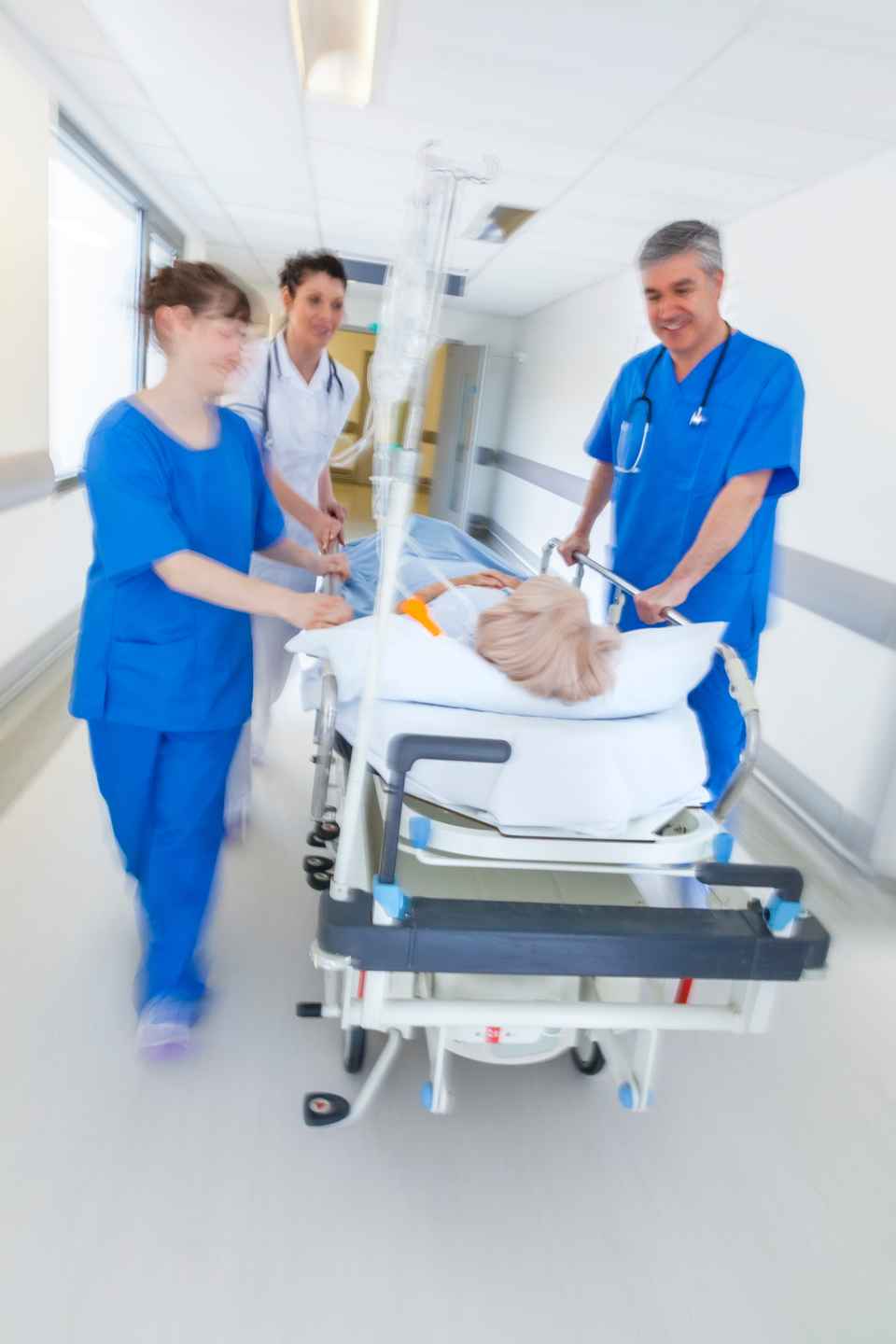The continuing growth of healthcare digital transformation
Digital transformation, a term that has increasingly emerged over the last few decades, has particular relevance to the healthcare industry. In simple terms it’s about replacing manual processes with digital ones which, in turn, create a number of benefits to healthcare organizations, hospitals, medical staff and patients. As we get older, it’s interesting to reflect back on our own experiences of healthcare over the years - hospitals and GP surgeries using pen and paper, filing systems for miles and medical equipment that now probably feels a little medieval. Fast forward to today and the vast majority of the changes we now see in a modern healthcare environment are either directly related to digital transformation or are a by-product of it.
If we look at the NHS digital strategy, which aims to digitize its services, connect them to support integration and through these foundations, enable service transformation; we can begin to think about how we align ourselves to this ambition to ensure we are creating the best products and services based on a digital foundation. Once these foundations are in place then the relentless pursuit of digital improvement can and has clearly begun with ever increasing momentum.

Digital transformation changing the healthcare sector
The healthcare sector is experiencing swift change thanks to digitalization, completely changing how medical care is provided. Cutting-edge technologies like RTLS (Real time tracking solutions), electronic health records, wearables, telehealth, and AI-driven applications are all paving the way for more innovative care models. Incorporating technology into healthcare systems has led to various advantages, including better efficiency, improved patient satisfaction, and as we’ll look at in more detail here, optimized asset usage. In essence, digitalization offers immense potential for transforming healthcare, serving as a significant catalyst for ESG impact within the industry.
Digital transformation and RTLS
So, let’s focus on RTLS in healthcare. We know from our own case studies such as Aarhus University Hospital, that hospital staff are spending too much time searching for essential equipment and resources, with this example alone documenting at least 12 minutes per shift being wasted. It doesn’t take much of a stretch of the imagination then to see the benefits of digital transformation when looking at how healthcare professionals could use it to locate equipment. This could be beds, sterile goods, medical devices, or safety equipment. We’re talking thousands and thousands of moving parts.
There isn’t just the use of medical equipment to treat patients to think about either. If you zoom out from the patient, there’s an array of other areas to be considered. Take, for example, scheduled maintenance. If a piece of equipment isn’t properly maintained there can be many ramifications, the obvious being faulty and unsafe medical assets remaining in circulation and posing a risk to patient safety. Another critical element we are all sensitive to is healthcare spending. If hospitals can’t find equipment, then it inevitably must be replaced, with a sizeable proportion of this procurement being completely unnecessary.
This is why digital transformation related to RTLS is extremely important, such is the reliance of healthcare organizations on its medical devices and equipment. Using RFID technology hospitals can easily track and locate medical equipment and devices in real time, effectively combatting the above challenges whilst simultaneously adopting the NHS digital strategy for digital improvement.
So, to summarize, the continuing momentum of digital transformation has revolutionized how medical equipment is located via the use of RTLS. The technology reduces time spent looking for devices, reduces unnecessary procurement, improves the utilization of devices, streamlines maintenance, and provides many more benefits, all of which are effectively making hospitals a safer place for patients.
The shift to RTLS is therefore arguably inevitable, and with the benefits heavily outweighing any short-term organizational change implications, it’s easy to see why so many are already taking the first steps to implement a solution.

Unlock the future of healthcare with RTLS!
If you're ready to optimize your hospital’s efficiency, improve patient safety, and enhance device utilization, contact me today to learn more about how Lyngsoe Systems can assist you. Let's work together to take the first step towards a smarter, more efficient healthcare system with RTLS.
More Healthcare Articles
FAQ
What is Real-Time Location System (RTLS) technology, and how does it function in healthcare settings?
RTLS technology utilizes wireless communication, such as RFID or Wi-Fi, to track and manage the location of assets and individuals within a healthcare facility in real time. This system enables efficient monitoring and management of staff, patients and equipment; including beds, surgical instruments, PPE and more.
How can Lyngsoe Systems support the move to RTLS?
Our RTLS solutions leverage a combination of technologies such as RFID (Radio Frequency Identification), BLE (Bluetooth Low Energy), barcodes, Wi-Fi, and GPS to provide your setting with comprehensive, end-to-end tracking capabilities.
Can RTLS be integrated with existing hospital systems?
Yes, RTLS can be integrated with existing hospital systems, such as Electronic Health Records (EHR) and asset management software, to provide a comprehensive view of operations and enhance overall efficiency.
